Life in medieval times was not all knights and castles; the era was marked by brutal realities that shaped the lives of both peasants and nobility. Survival was a daily struggle, far different from the idealized image that persists today. Here are 18 stark truths about life in the Dark Ages.
Life Expectancy
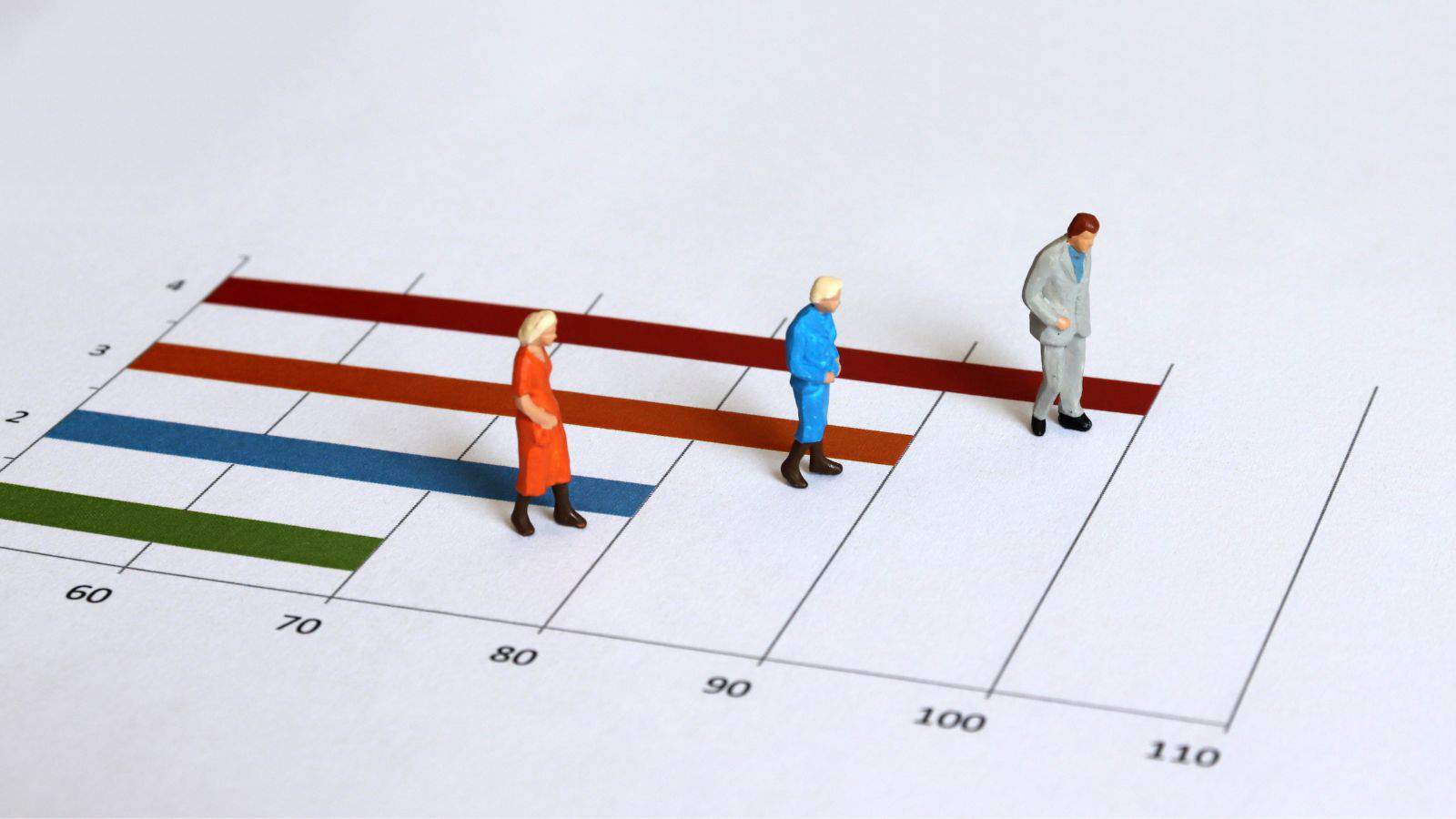
Life was fleeting, with the average person barely reaching their 30s or 40s. Death from childbirth, illness, or even famine were among the common causes. Sapiens says that “in medieval England, life expectancy at birth for boys born to families that owned land was a mere 31.3 years.”
Poor Hygiene

Hygiene was a luxury that few could afford. Bathing was a rare occurrence, and sanitation was practically non-existent. Streets were littered with refuse, and human waste was often disposed of in open sewers, creating a breeding ground for disease. The stench of decay and excrement permeated the air.
Violence

Violence was an integral part of life. Warfare was a constant threat, with armies clashing on battlefields and pillaging villages with little remorse. Crime was rampant, with bandits and highwaymen preying on travelers and villagers alike. The lack of effective law enforcement and the prevalence of feuds and vendettas made personal safety a constant concern.
Cruel Punishment
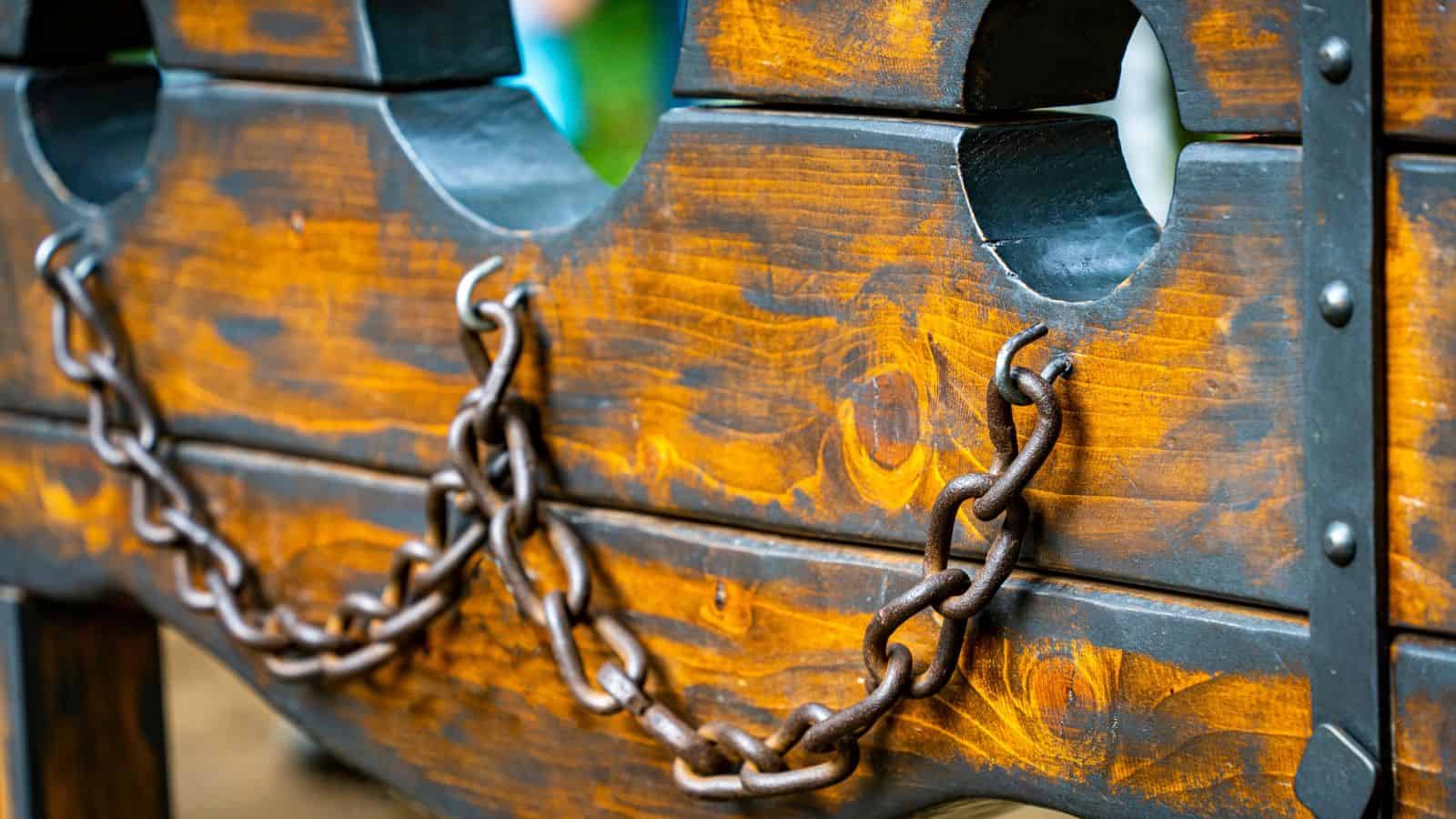
The justice system was harsh and often brutal. Punishments for even minor offenses could be severe, including torture, mutilation, and public execution. The lack of due process and the reliance on confessions extracted under duress meant that innocent people were often caught in the system’s cruel gears.
Infant Mortality

Medieval times were a perilous place for the young, with a significant proportion of children succumbing to disease, malnutrition, or accidents before reaching adulthood. The lack of adequate medical knowledge and hygienic practices left infants vulnerable. The loss of a child was a common occurrence, casting a shadow of sorrow over families and communities.
Superstition
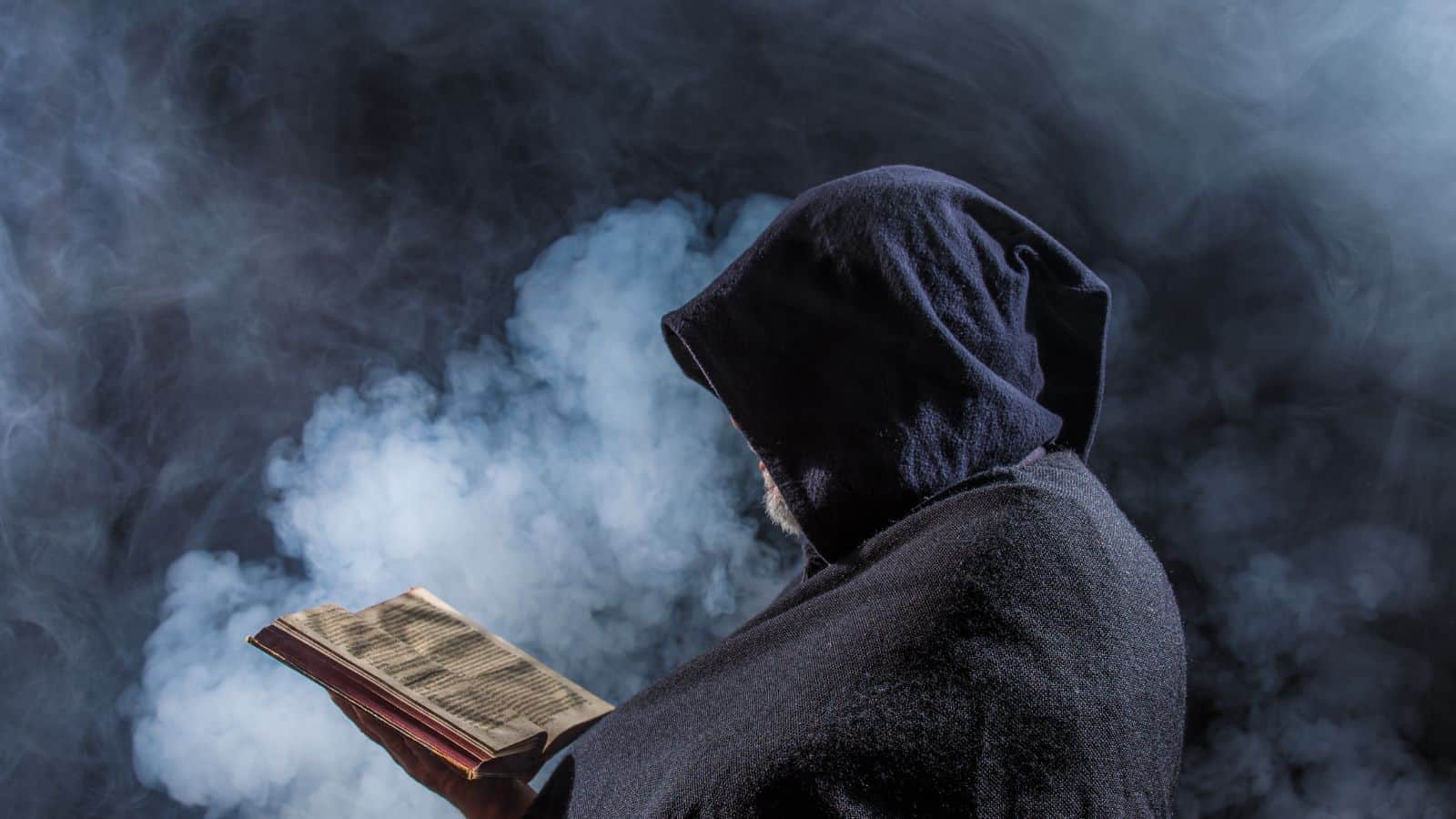
People lived in fear of the unknown, attributing natural disasters, illnesses, and misfortunes to supernatural forces, and superstition reigned supreme. Witches, demons, and evil spirits were believed to lurk in the shadows, ready to snatch away unsuspecting victims. The fear of divine retribution and the uncertainty of the afterlife hovered in the air.
Public Executions
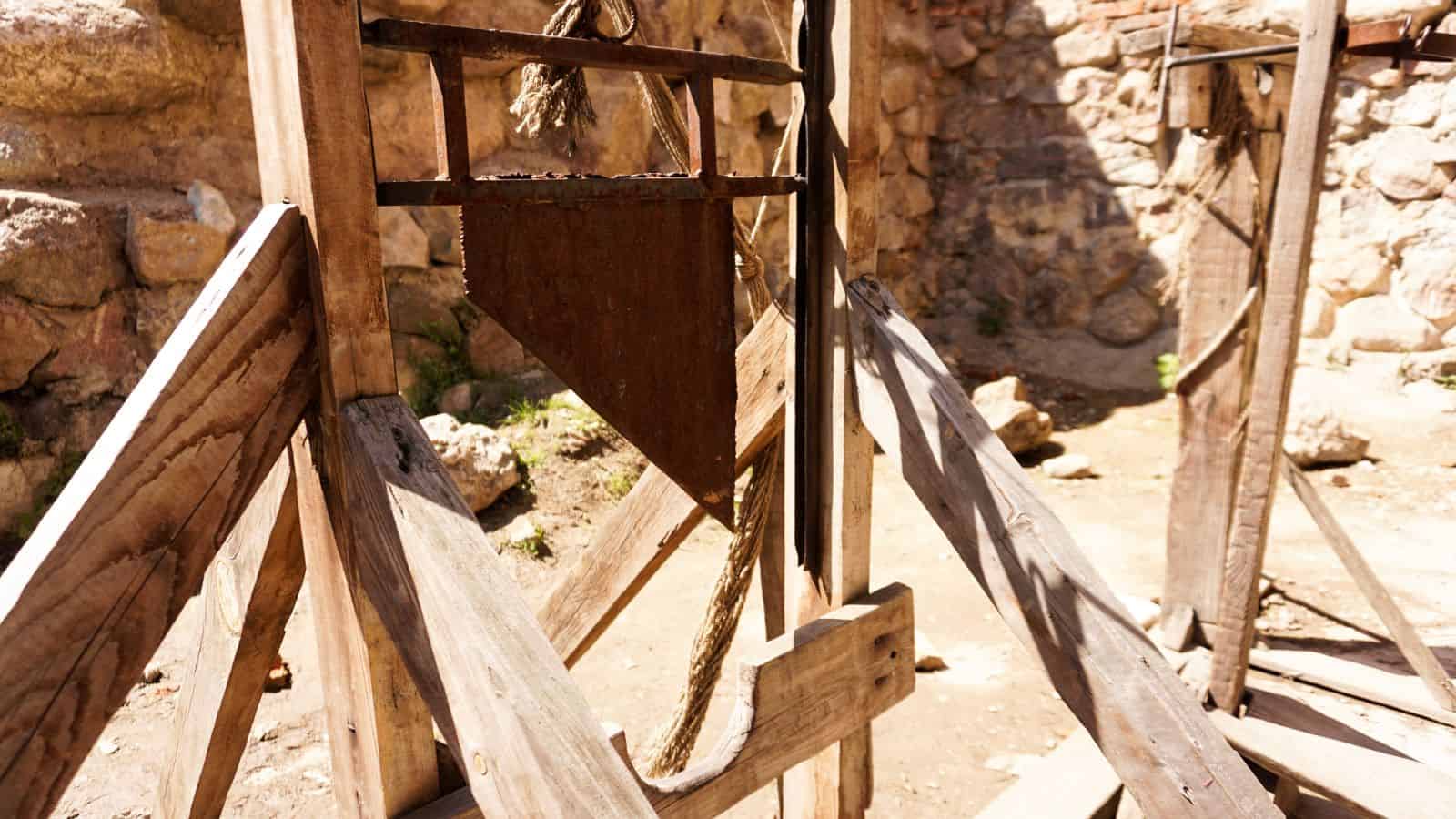
Public torture and execution were sociably accepted forms of punishment. Beheading, crushing, boiling to death, impalement, hanging, and crucifixion were available for all to see, often to jeering crowds. History states, “There were no laws or rights given to prisoners, allowing torture and executions to be widespread and completely unregulated.”
Child Labor
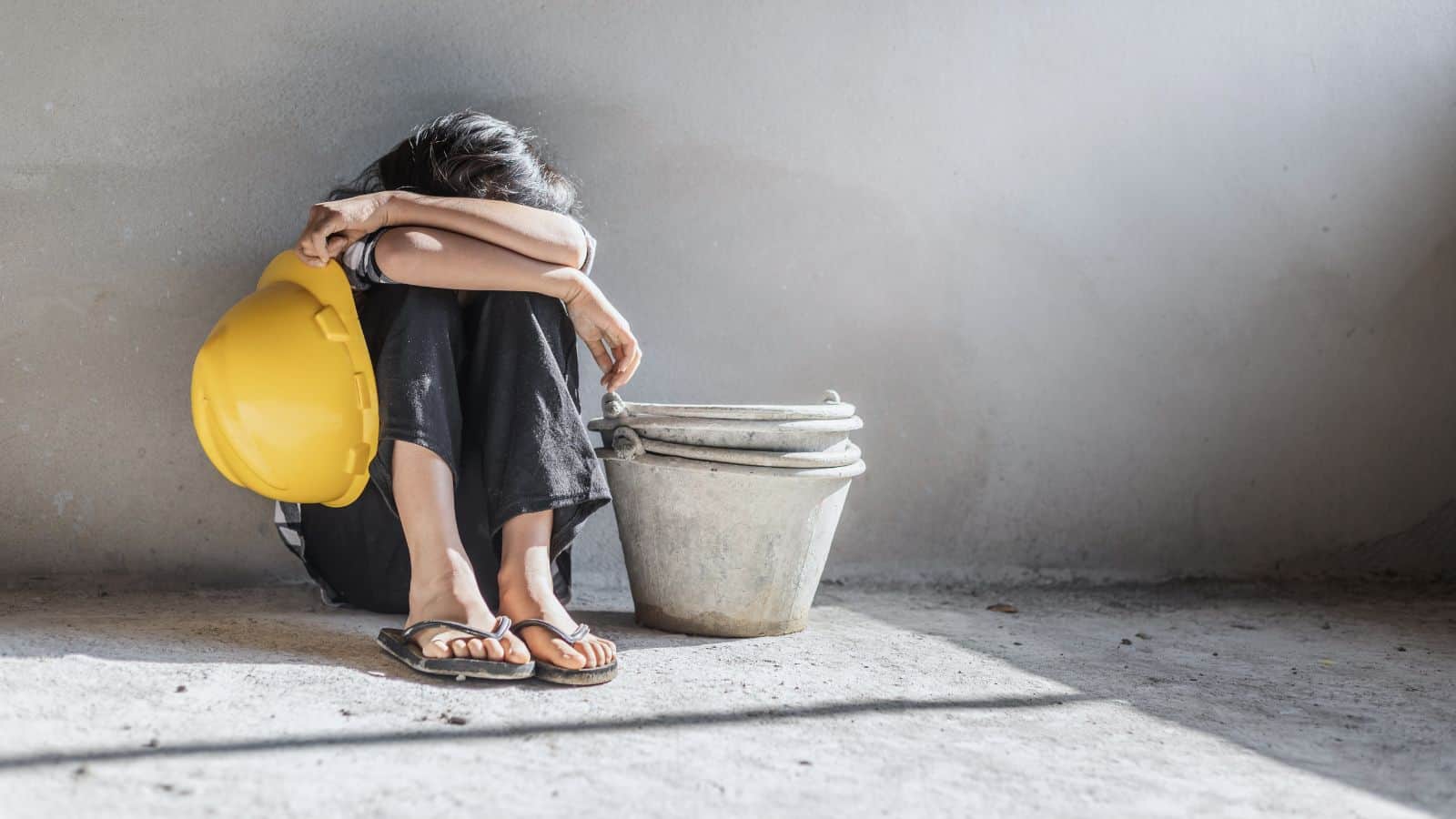
Children in medieval times were not afforded the carefree childhood we associate with modern society. From a young age, they were expected to contribute to the family’s livelihood, working in the fields, workshops, or as servants in wealthy households. The demands of survival left little room for play or leisure, and they were often exposed to the harsh realities of life at an early age.
Disease
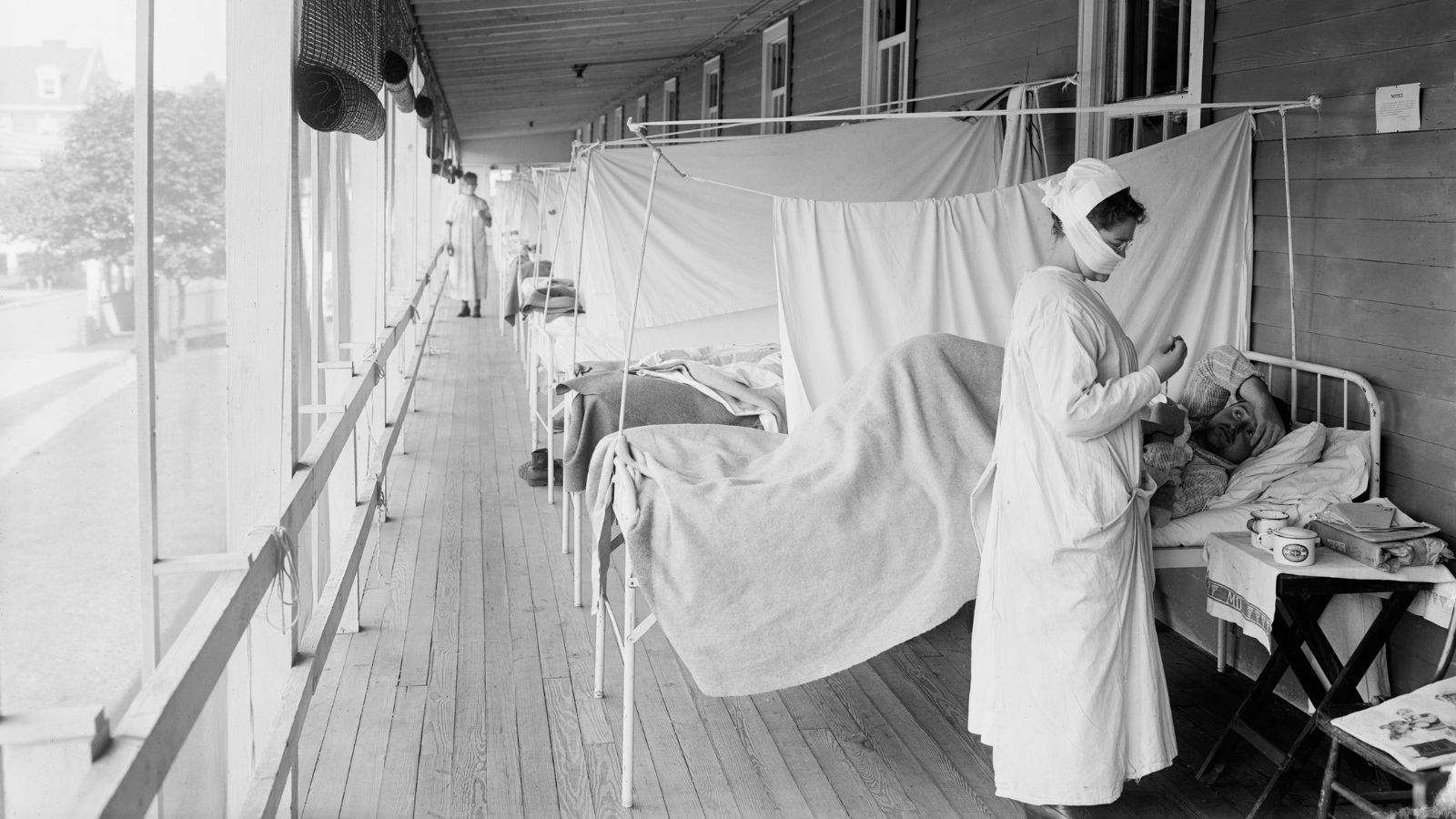
Disease was a relentless predator, striking down both young and old alike. Plagues like the infamous Black Death decimated entire communities at a terrifying speed. The lack of effective treatments and the rudimentary understanding of hygiene amplified the impact of these outbreaks, rendering entire populations helpless in the face of their invisible enemy.
No Education

Formal learning was largely confined to the clergy and the nobility, leaving the vast majority of the population illiterate and uneducated. This lack of access to education perpetuated social inequality, leaving the masses at the mercy of their social betters. The absence of widespread education stifled intellectual curiosity and innovation, hindering societal progress.
Caste System

Society was rigidly stratified, with a caste system that dictated one’s social standing and opportunities from birth. Individuals were expected to remain within the confines of their designated caste, whether peasant, merchant, or noble. This system perpetuated inequality and limited individual potential, as one’s birth determined their path in life.
Famine
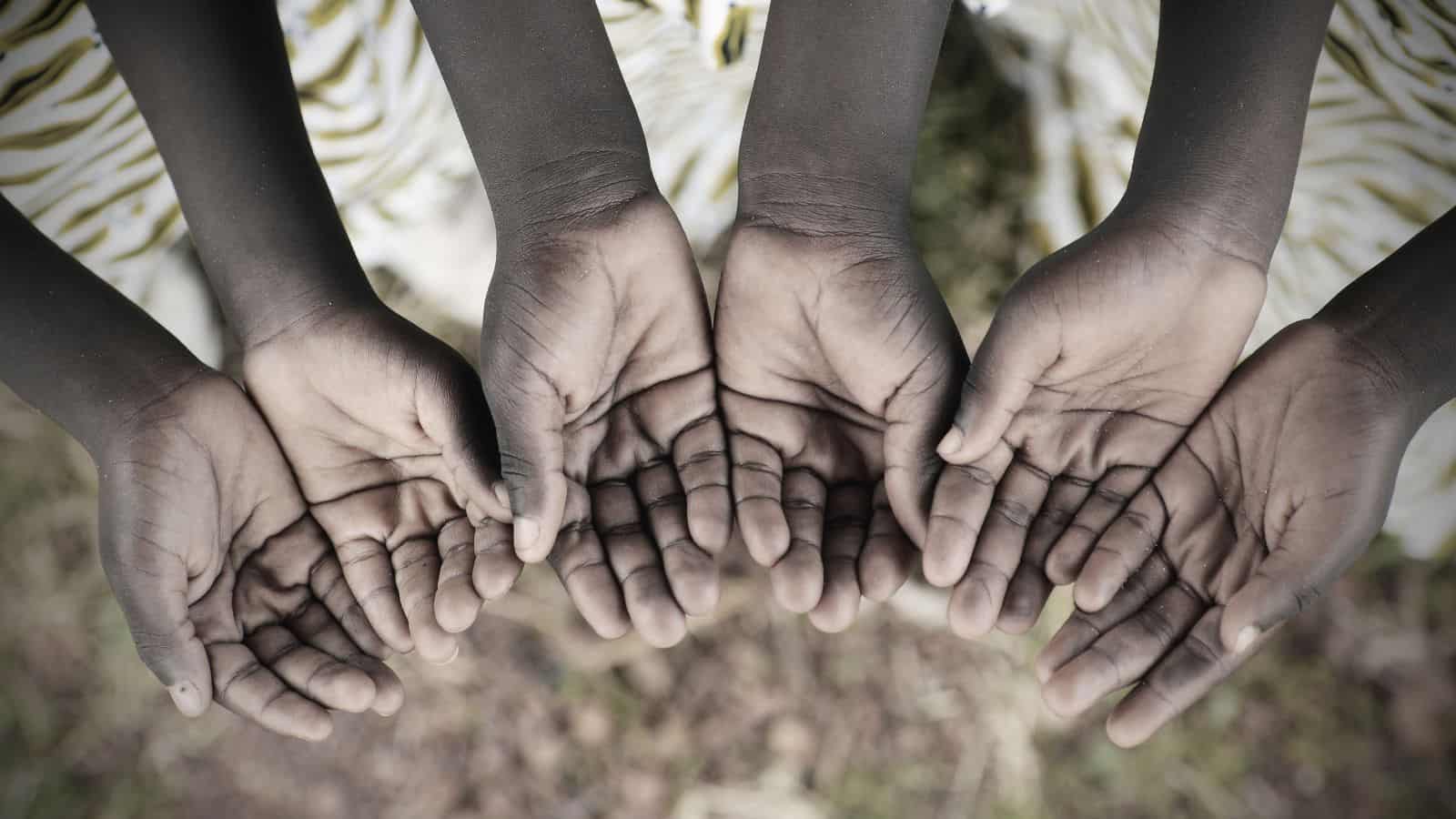
People suffered recurring nightmares, often triggered by crop failures, harsh weather conditions, or warfare. When crops withered and food supplies dwindled, starvation became a grim reality for countless individuals. The hunger gnawed at their bellies, weakening their bodies and leaving them vulnerable to disease.
Forced Religion
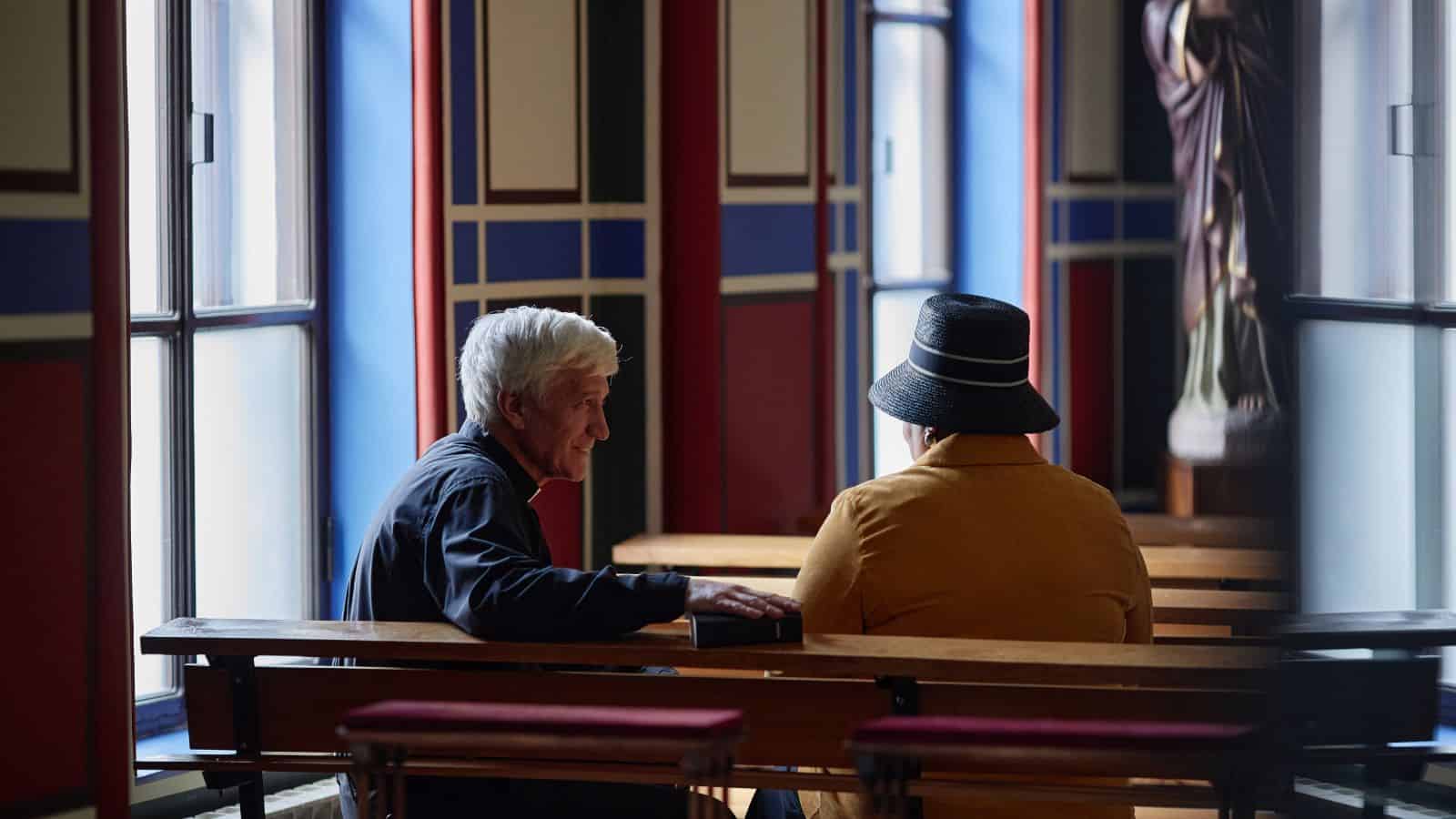
This was an era dominated by the Catholic Church, and those who did not conform to its teachings faced persecution and discrimination. Heretics, Jews, and Muslims were often targeted for their beliefs, facing expulsion, forced conversion, or even death. The Inquisition, with its brutal methods of interrogation and punishment, cast a long shadow over religious freedom.
Witch Hunts
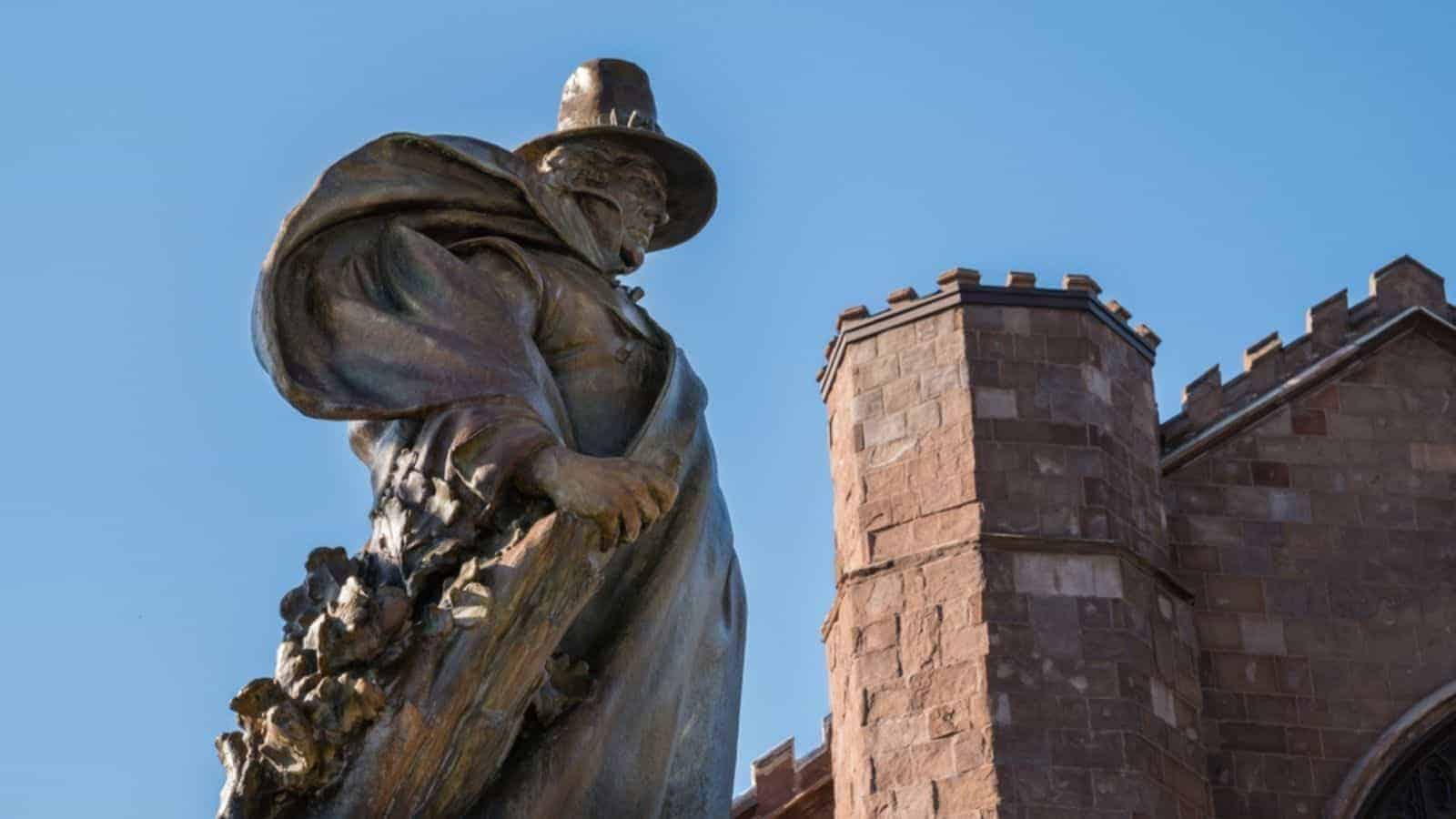
The Collector says, “The exact number of people executed during the European witch-hunting craze is unknown, though estimates run to the tens of thousands.” The medieval period witnessed a wave of hysteria known as the witch craze, during which thousands of women were accused of witchcraft and subjected to horrific torture and execution.
Arranged Marriages

Marriage in the medieval era was rarely a matter of love and romance. Instead, it was primarily a social and economic contract, often arranged by families to solidify alliances, consolidate wealth, or secure political power. Young men and women had little say in their choice of partner and were expected to fulfill their marital duties regardless of their personal feelings.
Peasant Life
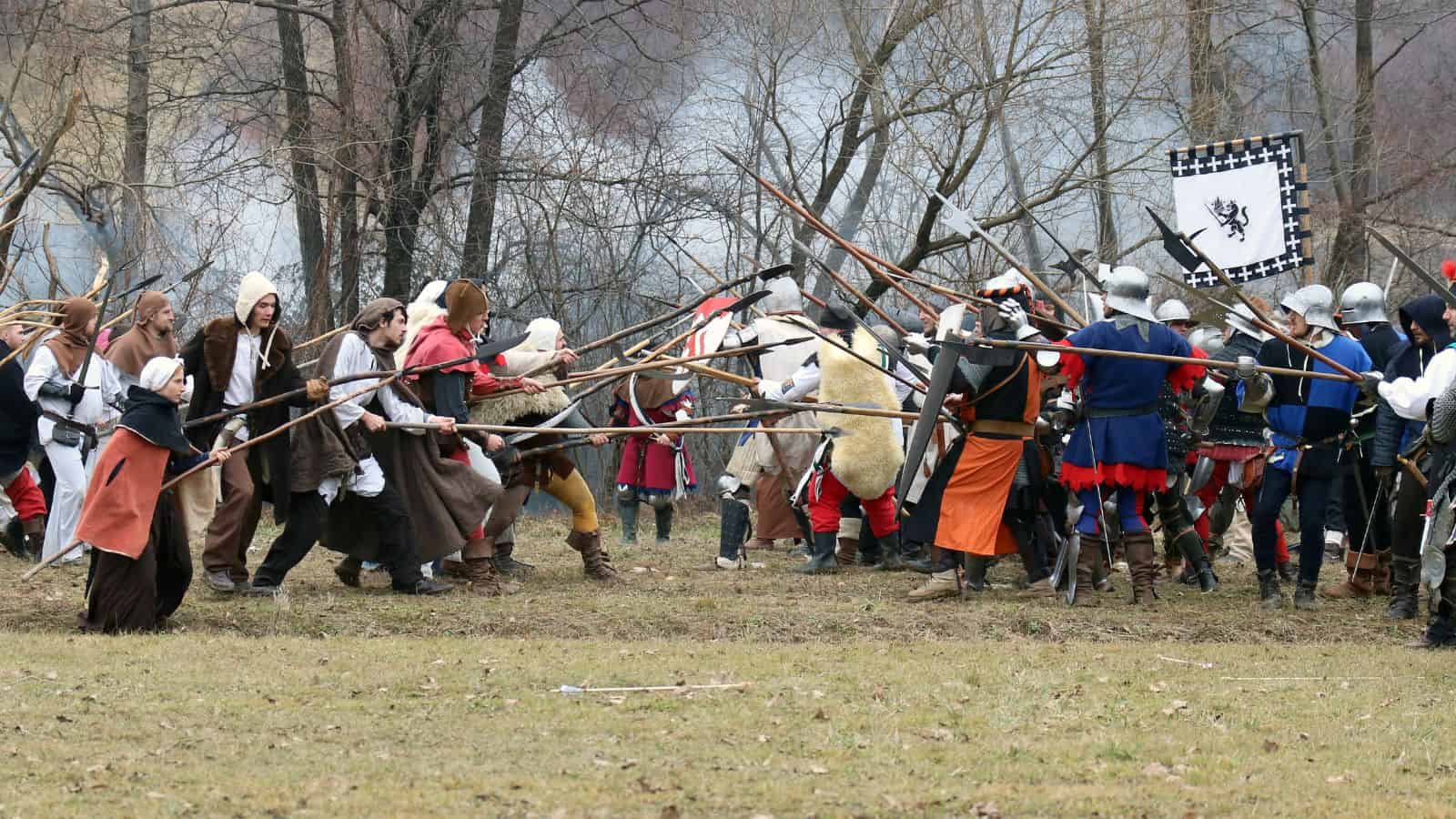
The vast majority of the medieval population consisted of peasants who toiled in the fields to eke out a meager existence. Their lives were marked by long hours of backbreaking labor and high taxes. They were subject to the whims of their feudal lords, who demanded a share of their crops and labor in exchange for protection.
Taxation

Peasants faced a heavy burden of taxation. They paid various taxes to their lords, the church, and the king. Knowable Magazine describes the system; “Feudal kings, who need the support of aristocrats to retain power, spare nobility from heavy taxation and collect, instead, from poor peasants who need protection from the crown.”
Difficulty Traveling
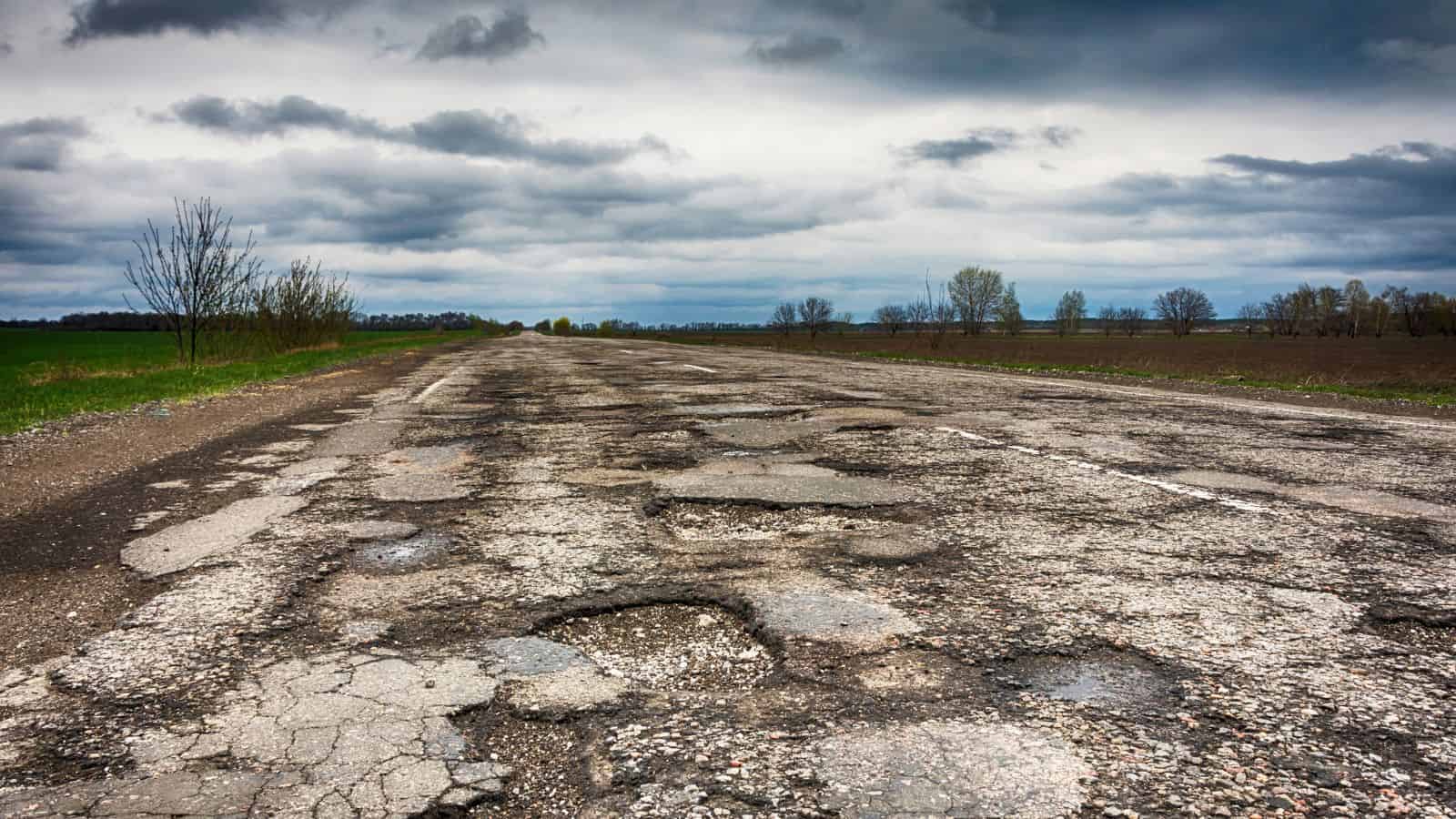
The roads were often poorly maintained and infested with bandits. Journeys could take weeks or even months, and travelers were exposed to the elements and the dangers of the wild. The lack of reliable transportation and communication networks further limited people’s ability to explore the world beyond their immediate surroundings.
Up Next: 20 Seriously Stunning Natural Wonders Across America

Geological wonders, diverse ecosystems, and impressive waterfalls—the U.S. is home to a huge range of breathtaking landscapes and natural wonders across its many national parks and attractions. Head to these 20 locations for true natural beauty and never-ending adventure opportunities.
20 Seriously Stunning Natural Wonders Across America
17 Places That Undercover Cops Will Always Monitor
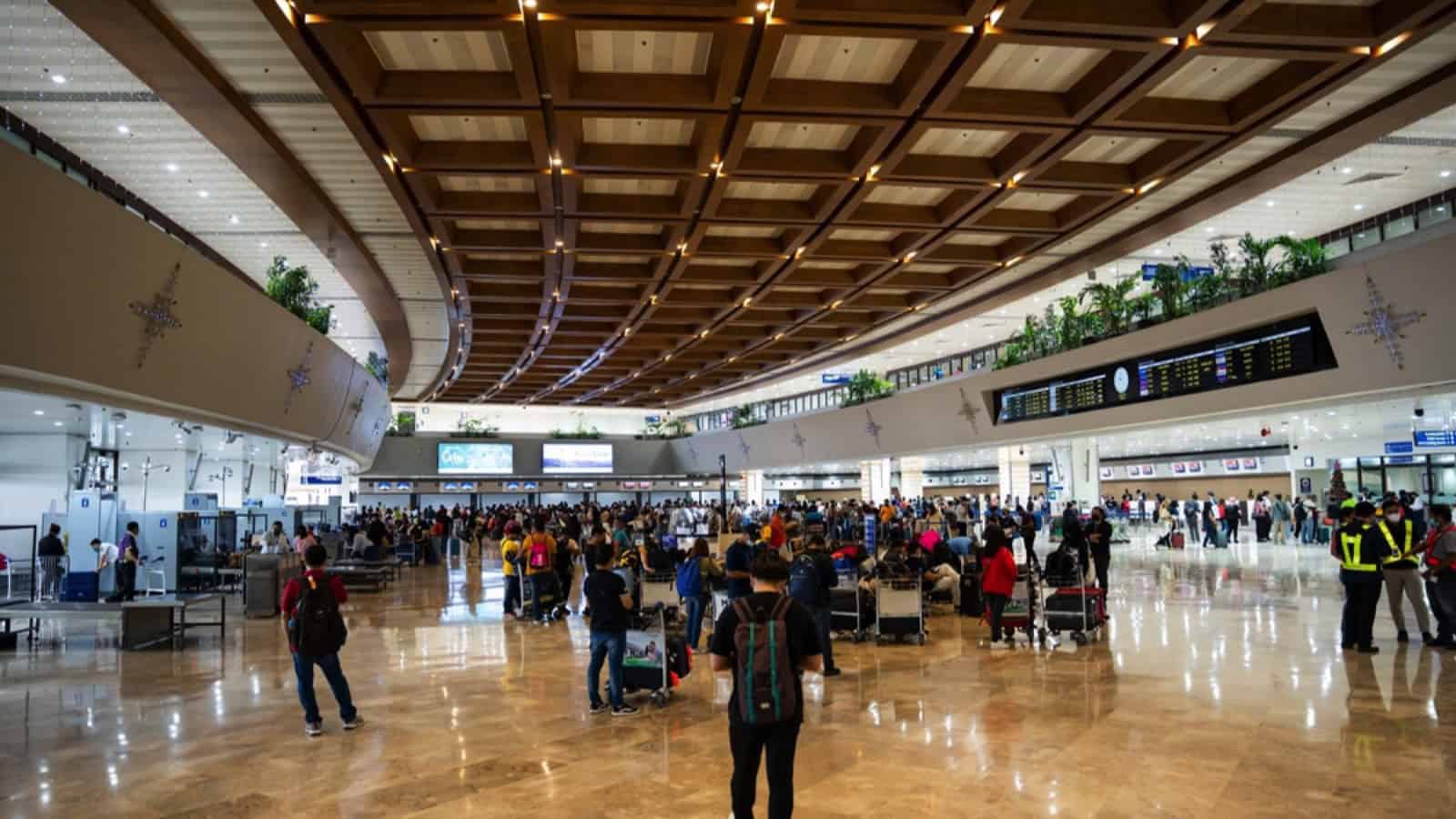
While it isn’t always obvious, undercover cops play a crucial role in maintaining public safety. They blend into the background in various locations, carefully observing and acting to prevent crime. In this article, we’ll reveal 17 places where you’re likely to find undercover cops—though you can bet you won’t see them!
17 Places That Undercover Cops Will Always Monitor
17 Things You’re Just Too Old To Be Doing Anymore

The older you get, the more fragile you are physically and mentally, so it’s important to prioritize your well-being every day. Whether you still feel young at 50 or are closer to 80, we’ve compiled 17 things you’re too old to be doing anymore.
